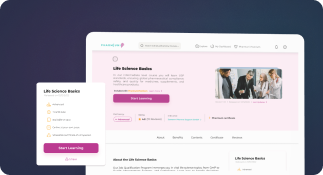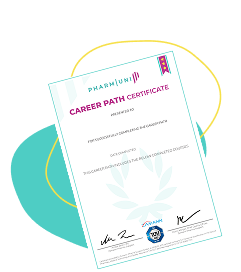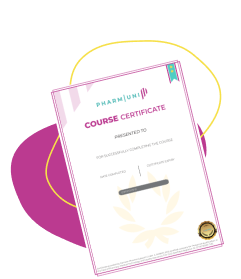Validation Master Plan (VMP)
Definition
A Validation Master Plan (VMP) is a comprehensive, high-level document that outlines an organization’s approach to validation activities within regulated environments such as pharmaceutical manufacturing, biotechnology, and medical device production. It serves as a roadmap for ensuring that systems, equipment, processes, and facilities meet regulatory compliance and quality standards.
The VMP defines the scope, responsibilities, validation strategy, timelines, and documentation requirements for validation efforts. It is a foundational document used to coordinate and control multiple validation projects across the lifecycle of products and processes.
Detailed Explanation
Purpose and Importance of a VMP
The Validation Master Plan (VMP) plays a crucial role in regulated industries by providing a structured framework for planning and executing validation activities. Regulatory agencies such as the FDA (U.S. Food and Drug Administration) and EMA (European Medicines Agency) expect companies to have a documented and systematic validation strategy to ensure product safety, efficacy, and quality.
By centralizing validation planning, the VMP helps organizations:
- Ensure compliance with Good Manufacturing Practice (GMP) guidelines
- Align validation activities with business and regulatory goals
- Prioritize validation efforts based on risk and criticality
- Provide traceability and documentation for audits and inspections
- Facilitate communication across departments and teams
Key Components of a Validation Master Plan
Although the exact structure of a VMP may vary by organization, industry, or regulatory jurisdiction, it typically includes the following sections:
- Introduction and Scope: Describes the purpose of the VMP and outlines what systems, processes, and facilities are covered.
- Responsibilities: Defines roles and responsibilities of departments and personnel involved in validation.
- Validation Strategy: Details the approach to validation, including risk-based methodologies, revalidation criteria, and lifecycle management.
- Validation Deliverables: Lists the documents and records required, such as protocols (IQ, OQ, PQ), reports, and traceability matrices.
- Schedule and Milestones: Provides a timeline for validation activities, including key project milestones.
- Change Control and Deviation Management: Explains how changes and deviations will be controlled and documented.
- Glossary and Abbreviations: Defines terms used throughout the plan to ensure clarity and consistency.
Context of Use in Industry
VMPs are widely used in:
- Pharmaceutical Manufacturing: To validate production equipment, cleanrooms, utility systems, and computerized systems.
- Biotechnology: For validating cell culture processes, bioreactors, and analytical methods.
- Medical Devices: To ensure product design, software, and packaging systems meet regulatory standards.
For example, when a pharmaceutical company builds a new facility, a VMP would be developed at the project’s initiation to guide all validation efforts, from HVAC qualification to process validation and cleaning validation.
Relationship to Other Validation Documents
The VMP acts as a top-level document and is supported by a hierarchy of validation documents, including:
- Validation Protocols (Installation Qualification – IQ, Operational Qualification – OQ, Performance Qualification – PQ)
- Validation Reports
- Standard Operating Procedures (SOPs)
- Risk Assessments
Each of these documents should align with the principles and strategy outlined in the VMP.
Regulatory Expectations
While not always explicitly required by regulation, VMPs are considered a best practice and are often requested during audits and inspections. Regulatory bodies such as the FDA and EMA expect companies to demonstrate a structured approach to validation through such documentation.
According to EMA guidelines and FDA guidance documents, validation should be documented, justified, and repeatable, all of which are facilitated by a comprehensive VMP.



